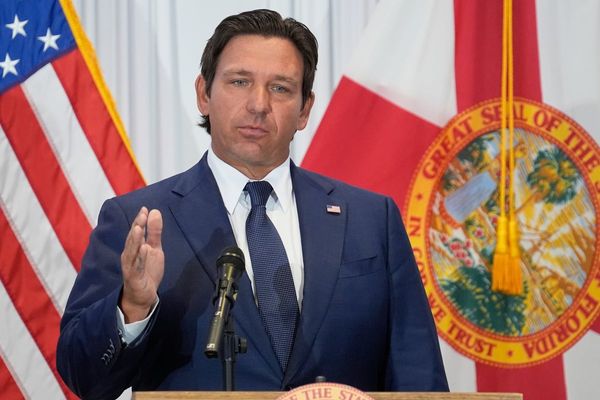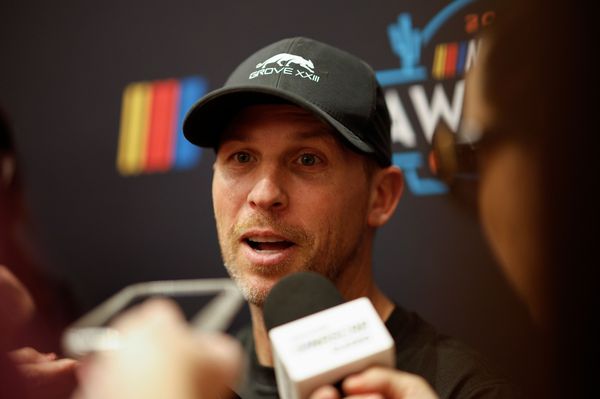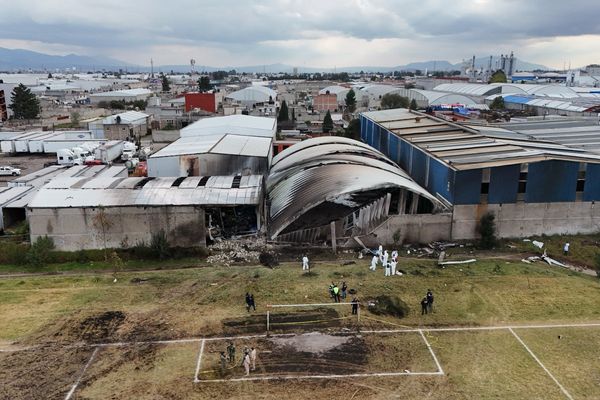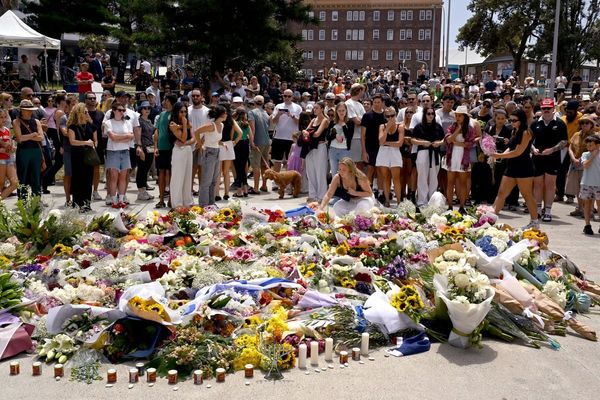The current, gloriously strike-free era in London's tube system is rapidly coming to an end. A week-long phase of industrial action on the capital's transport network was announced by the RMT union at the end of August, and it will begin on September 5.
A number of issues, including pay demands, shift patterns, and perceived breaches of prior agreements, has caused RMT employees to go on strike.
Strikes will affect more than just the tube; DLR employees will also go on strike as part of a different conflict. For a total of five days, there will be significant transportation disruptions.
The Tube strikes will begin on September 5 and end on September 11. While the DLR walk-outs will be most impactful on September 9 and 11.
Driving a London Underground train isn’t just a job – it’s a career that keeps the capital moving.
With millions of passengers relying on the Tube every day, becoming a Tube driver is a role that comes with responsibility, excellent benefits, and the opportunity to be part of one of the world’s most famous transport networks.
But how do you actually become a Tube driver? Whether you're drawn by the stability, the salary, or the satisfaction of helping London run smoothly, this guide will walk you through what you need to become a Tube driver.
How do you become a Tube driver?
Tube driver roles are only advertised internally to TfL employees.
In order to apply, many Tube drivers begin their careers in other roles within TfL such as Customer Service Assistants or platform staff, and then apply internally for driver training.
If your disciplinary record is spotless after the probationary period, which is normally six months, you can then apply for a position as a train driver.
Being a Tube driver involves a rigorous screening process that calls for both physical fitness and keen vision. Prior to the interview, you will also have to pass a series of tests designed to assess your communication abilities.
Successful candidates are given the opportunity to enrol in a three- to six-month training programme. But you will have to go back to your previous position if you don't pass any tests.
You will be able to sit behind “the dead man's handle” once you have successfully completed all of the training. Further perks include free travel for you and a friend as well as TfL and healthcare discounts.
Tube drivers make about £65,000 annually.
What does a Tube driver do?
A Tube driver is in control of everything from speed and when to stop.
The crucial “dead man's handle” which must be manually gripped in order for the train to move, is one of the primary controls on the console. An alert is sent to the system's control centre after two minutes if the handle isn't depressed for 60 seconds, such as when the driver is immobilised.
Drivers rely on their expertise and training on their specific line to determine when to begin braking while coming into a platform, but it also helps to have a sign at the end of each platform that indicates the precise stop location.
Additionally, there are two braking systems. One uses friction. The other is rheostatic; a “braking grid” – a system of onboard resistors shielded by sizeable cooling fans – cools the motors' electrical energy, which dissipates as heat.
The Piccadilly line has a top speed of 45 mph (72 km/h). That restriction gradually drops to 10mph (16 km/h) as the train gets closer to the end of the line.
Drivers are also responsible for passenger safety.
The driver verifies that it is safe to close the doors using CCTV or the platforms' mirrors. There is some “give” in case something is caught, but once they close, they do not open. This explains the numerous warning whistles and announcements to "mind the closing doors".
Tube drivers in London have recently moved to a 34-hour, four-day work week, resulting in longer individual shifts that are now approximately eight hours and 30 minutes long. Shifts begin as early as 04:45am and end as late as 01:30am.
Why are there new train strikes?
According to the RMT, the London Underground management's refusal to take demands for wages, fatigue management, extreme shift patterns, and a shorter work week seriously is what triggered the Tube strikes.
Additionally, it claims that management has not upheld prior agreements with employees.
When balloted, 57 percent of RMT members supported initiating industrial action in a ballot on the impending strikes.
Employees at DLR are going on strike over their wages and working conditions.







